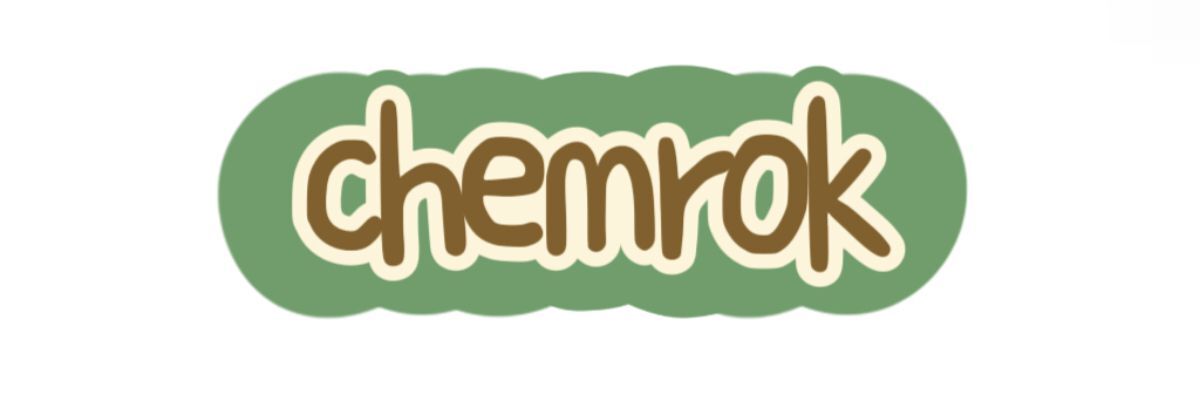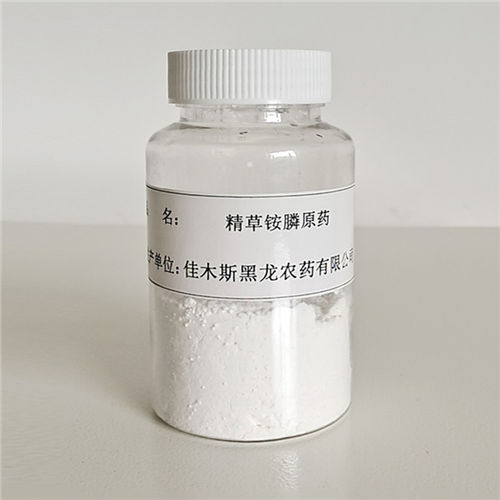Iron Oxide Pigments vs. Traditional Dyes in Epoxy Resins
You will get efficient and thoughtful service from CHENGYU.
Iron Oxide Pigments vs. Traditional Dyes in Epoxy Resins
When it comes to coloring epoxy resins, choosing the right pigment or dye is crucial. This article examines iron oxide pigments and traditional dyes, exploring their properties, benefits, and statistical data to help you make informed decisions. Below, we provide a comprehensive analysis of these two options.
Understanding Iron Oxide Pigments
Iron oxide pigments are inorganic pigments derived from iron oxides and hydroxides. They are well-known for their stability and durability. According to a report from Grand View Research, the global iron oxide pigments market size was valued at approximately $1.75 billion in 2020 and is expected to grow at a CAGR of 5.3% from 2021 to 2028.
Key Characteristics of Iron Oxide Pigments
- Lightfastness: Iron oxide pigments have excellent lightfastness, making them resistant to fading when exposed to sunlight.
- Heat Resistance: These pigments can withstand high temperatures, which is crucial for many industrial applications.
- Environmental Stability: Iron oxide pigments are resistant to acids and alkalis, which contributes to their longevity.
Insights into Traditional Dyes
Traditional dyes are typically organic compounds used for coloring materials like fabrics and plastics. When utilized in epoxy resins, they offer a different set of properties. According to Allied Market Research, the global dyes market was valued at approximately $15.68 billion in 2020, with an expected CAGR of 5.7% through 2028.
Key Characteristics of Traditional Dyes
- Vibrant Colors: Traditional dyes can produce a more extensive color palette, making them ideal for projects that require specific color shades.
- Dissolution Ease: Dyes dissolve well in various solvents, allowing for easy mixing and application.
- Cost-Effectiveness: Generally, traditional dyes are less expensive than iron oxide pigments.
Comparative Analysis: Iron Oxide Pigments vs. Traditional Dyes
Both options have unique advantages and disadvantages. Here, we compare them based on various factors:
Color Stability
Iron oxide pigments excel in durability and lightfastness, making them ideal for outdoor applications. Traditional dyes, while offering stunning shades, typically fade over time, especially under UV exposure.
Heat & Chemical Resistance
Iron oxide pigments demonstrate superior heat and chemical resistance, which is essential in industrial settings. Traditional dyes, however, may degrade or alter under high heat or harsh chemicals.
Explore more:The Advantages of Incorporating Iron Oxide Pigments in Epoxy Coatings
Application & Ease of Use
THE IMPORTANCE OF WATER REDUCING AGENTS IN CONSTRUCTION
Advantages of Single-phase Immersed Dielectric Coolant
Magnesium Hydroxide for Sale: Compare Benefits vs. Alternatives
Electronic Grade Magnesium Carbonate vs. Standard Grade: Key Differences Explained
How to Compare Silicone Fluid Prices Effectively?
Unlocking the Potential of Styrene-Butadiene Rubber Powder
Traditional dyes are often easier to work with due to their solubility, allowing for a smooth application. Iron oxide pigments require careful mixing but provide a more robust final product.
Application in Epoxy Resins
In the context of epoxy resins, the choice between iron oxide pigments and traditional dyes can significantly affect the outcome. Based on data from a study published in the Journal of Applied Polymer Science, it was found that epoxy resins colored with iron oxide pigments showed improved longevity and performance in mechanical properties over those colored with traditional dyes.
Market Trends and Future Projections
As the demand for high-performance materials continues to rise, the market for iron oxide pigments is projected to grow. According to a report by Zion Market Research, the demand for iron oxide pigments in the construction and automotive industries is expected to account for over 30% of the market share by 2025.
Conclusion
Choosing between iron oxide pigments and traditional dyes in epoxy resins involves considering various factors such as stability, color vibrancy, and specific project requirements. Data indicates that iron oxide pigments may provide a more durable solution, whereas traditional dyes offer ease of use and a broader spectrum of colors. Your ultimate choice should align with both your aesthetic and functional needs.
Please visit our website for more information on this topic.
Are you interested in learning more about Iron Oxide Pigments For Epoxy Resins? Contact us today to secure an expert consultation!
Explore more:How Can Multiplace Chambers Enhance Patient Comfort and Recovery?
What Are the Benefits of Artificial Turf Backings?
Key Considerations for Sourcing CAS 2554-06-5 Products
How Can Silicone-Based Materials Improve User Experience and Safety?
What Are the Benefits of Carpet Backing Latex?
Unlocking 1,3-Dimethyl-6-Aminouracil: Benefits & Uses
Why Consider a Cryo Chamber For Sale Today?
- Previous: None
- Next: The Advantages of Incorporating Iron Oxide Pigments in Epoxy Coatings









